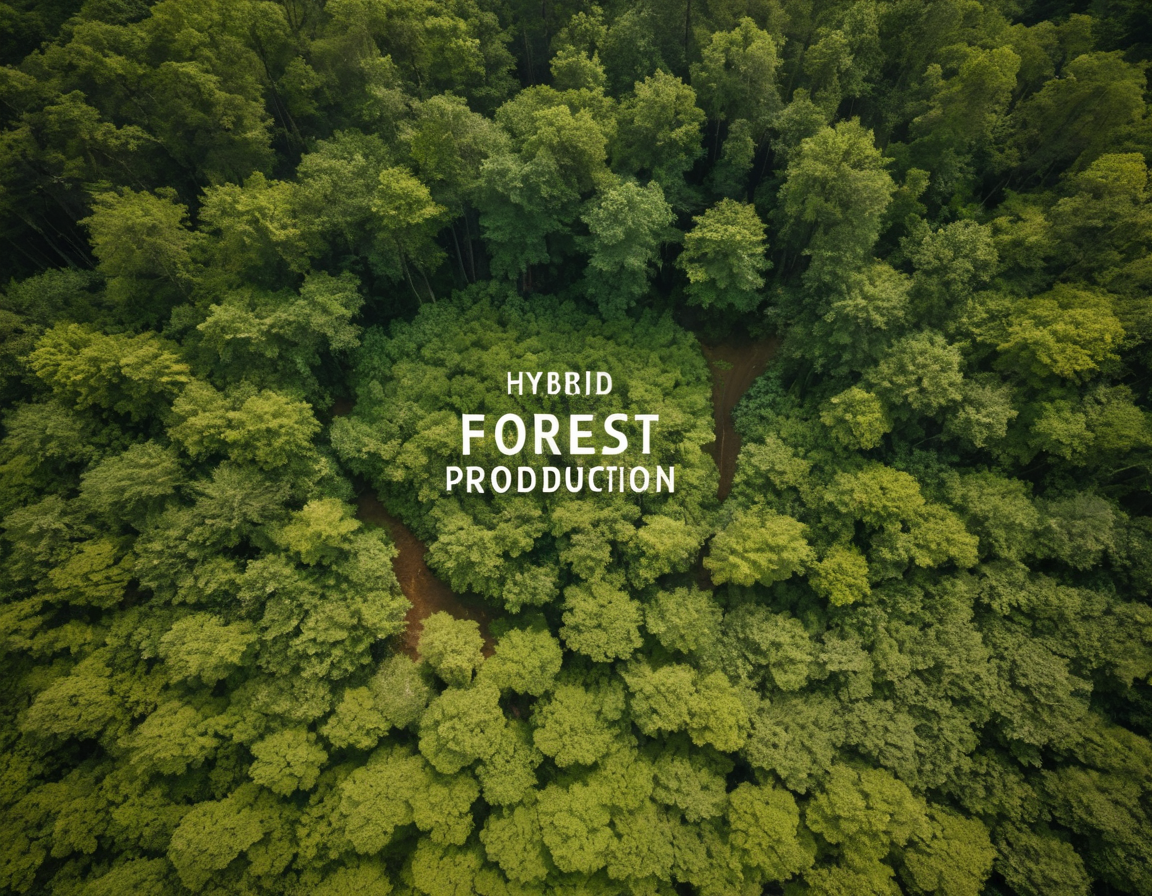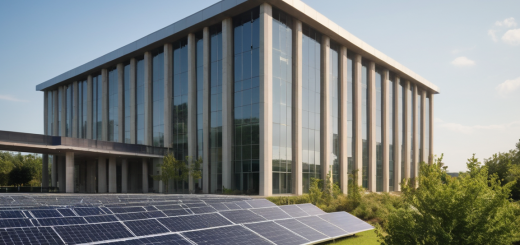Embracing the Future: Understanding Hybrid Forest Production Models
Hybrid Forest Production: A Sustainable Path Forward
As global awareness of environmental sustainability grows, the forestry industry is pivoting towards innovative practices to meet the dual demands of wood production and ecosystem conservation. Hybrid forest production models, marrying traditional forestry with eco-friendly approaches, are at the forefront of this green revolution. In this blog post, we explore the various facets of hybrid forestry, its benefits, and how it is changing the landscape of timber production and environmental stewardship.
What is Hybrid Forest Production?
Hybrid forest production refers to the integration of conventional forestry methods with alternative practices that emphasize biodiversity, climate change mitigation, and landscape restoration. This multi-pronged approach aims to harvest timber while preserving the ecological integrity of the forest ecosystem.

Benefits of Hybrid Models
- Sustainable Resource Management: Hybrid models ensure the sustainable use of forest resources by balancing production needs with environmental conservation.
- Biodiversity Protection: These models support a mosaic of habitats within the forest, promoting varied plant and animal life.
- Climate Resilience: Diversity in forest composition and structure boosts resilience against climate change and extreme weather events.

Real-World Applications
Hybrid forest production is not just a theory; it’s already being implemented across the globe. From agroforestry practices in the tropics that combine timber with crops, to shelterwood cutting in temperate regions which provides habitat for wildlife while supporting timber production. Each application is tailored to the forest’s unique ecological and social context.
How Can You Get Involved?
Supporting sustainable forestry can take many forms— from making conscious consumer choices to volunteering with local conservation organizations. Engage with community science projects or promote dialogue on environmental practices within your network.
Hybrid forest production models are more than an alternative method; they are part of a larger paradigm shift towards a harmonious relationship with our planet’s natural resources. By understanding and advocating for these systems, we can all contribute to a more sustainable and resilient future.
Stay updated on the latest in forest sustainability by bookmarking our blog and sharing this post with your network!







